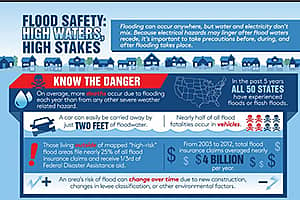
Flooding can occur anywhere, but water and electricity don’t mix. Because electrical hazards may linger after flood waters recede, it’s...
Protect your home and family from electrical hazards and fires.
Safe work practices are vital to everyone in your business.
New and updated storm safety resources to keep homes and businesses safe during severe weather
Curiosity is a natural part of childhood learning, but it can be extremely dangerous when it comes to electricity.
Get the latest information on National Electrical Safety Month, Fire Prevention Week and more!
The Electrical Safety Foundation International (ESFI) warns consumers to be aware of electrical dangers associated with severe storms and the resulting floods and power outages. Deaths and injuries during the summer months are frequently caused by post-storm electrical hazards.
The high winds, extreme rains and flooding caused by hurricanes and tornadoes present many unique dangers. ESFI offers consumers important advice about how to help prevent electrically-related deaths, injuries and property loss by taking a few precautions during and after severe storms and other natural disasters.

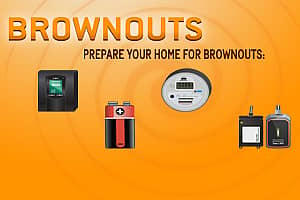

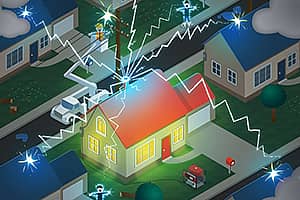

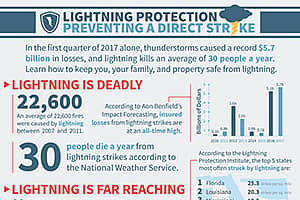

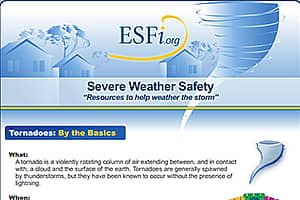
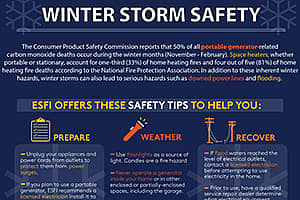
Sign up to receive our monthly newsletter to stay up to date with our new content. The newsletter features topical electrical safety materials and free-to-share resources you can use throughout your community.
"*" indicates required fields
Electrical Safety Foundation (ESFI)
1300 17th Street North, Suite 900, Arlington, Virginia 22209
Tel 703-841-3229 Fax 703-841-3329